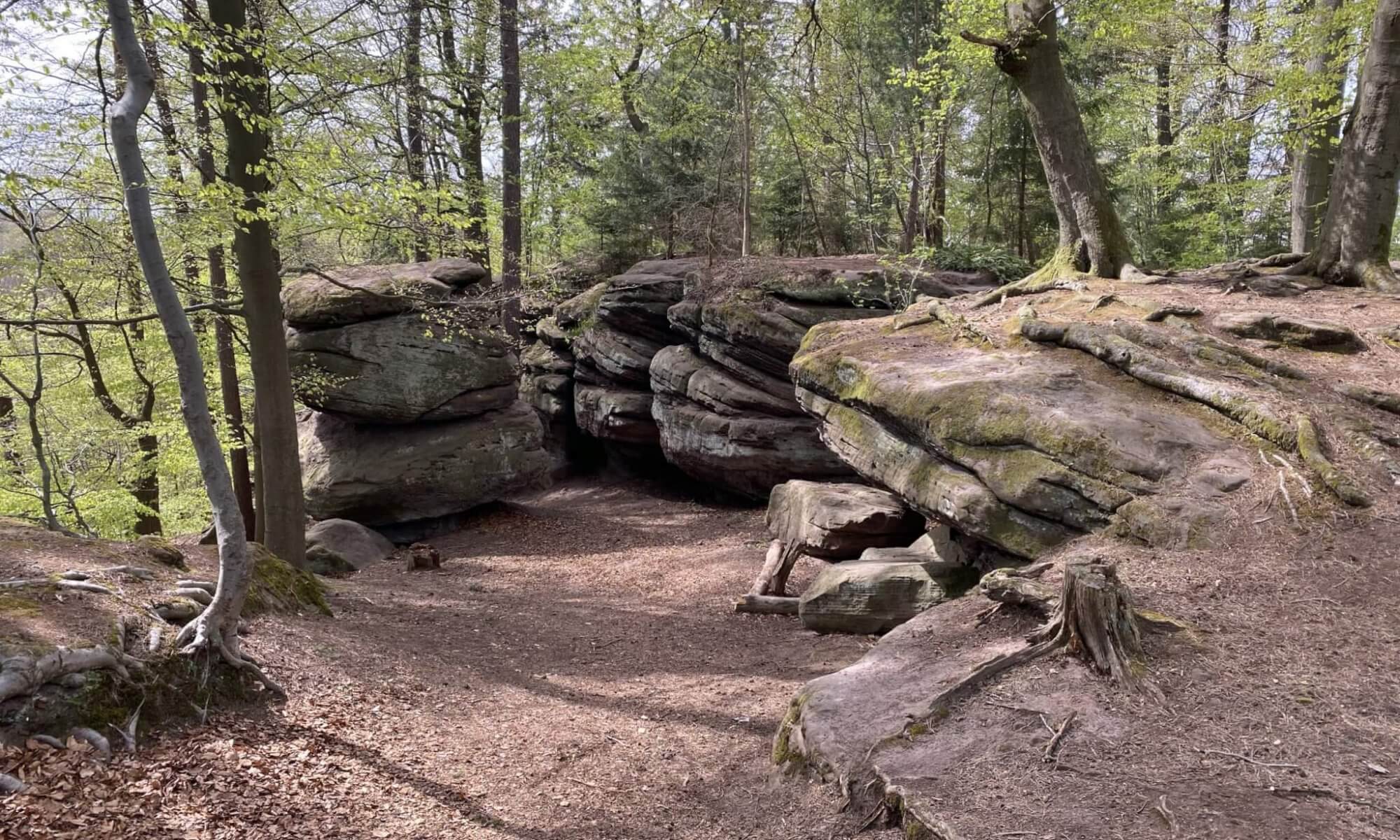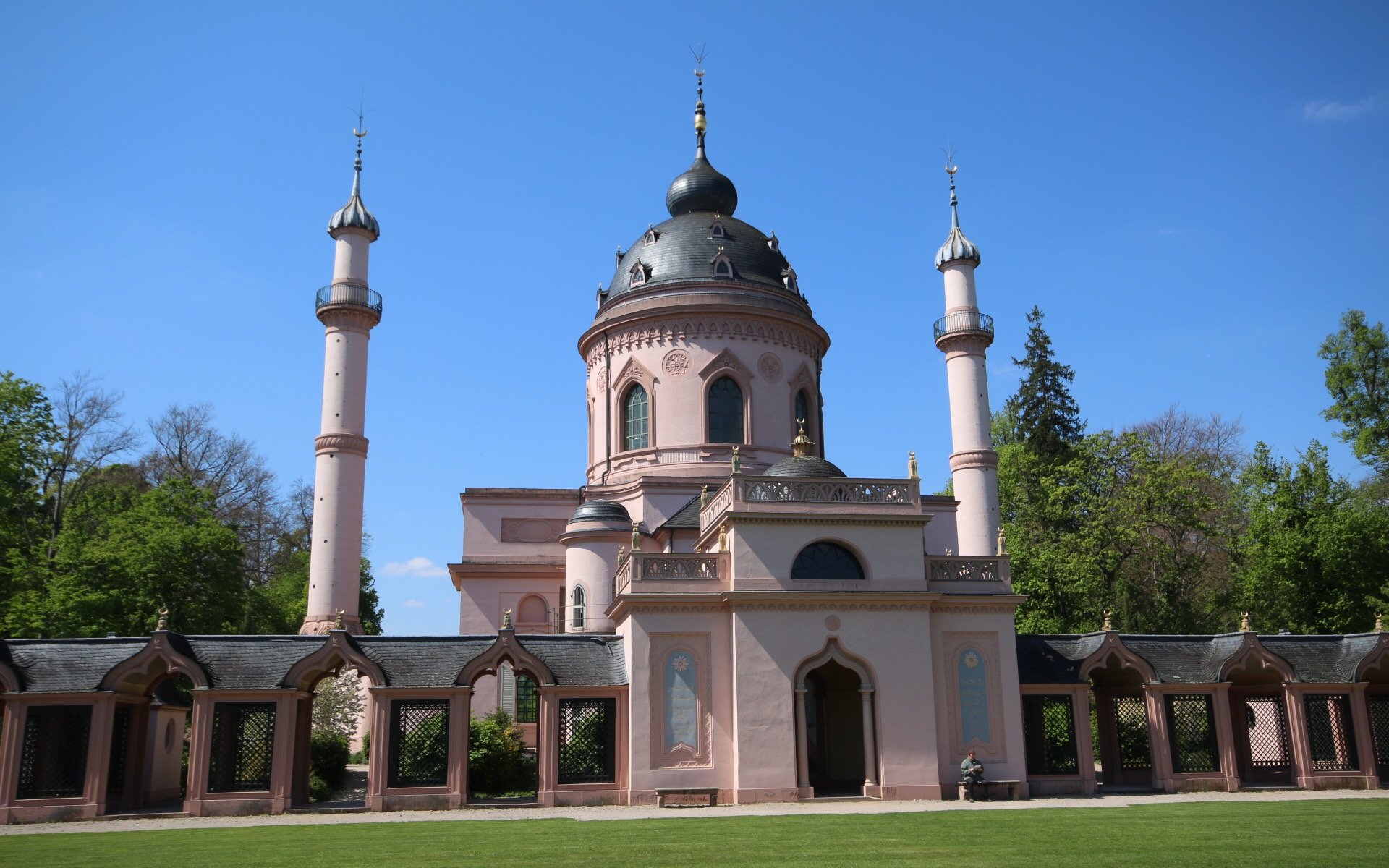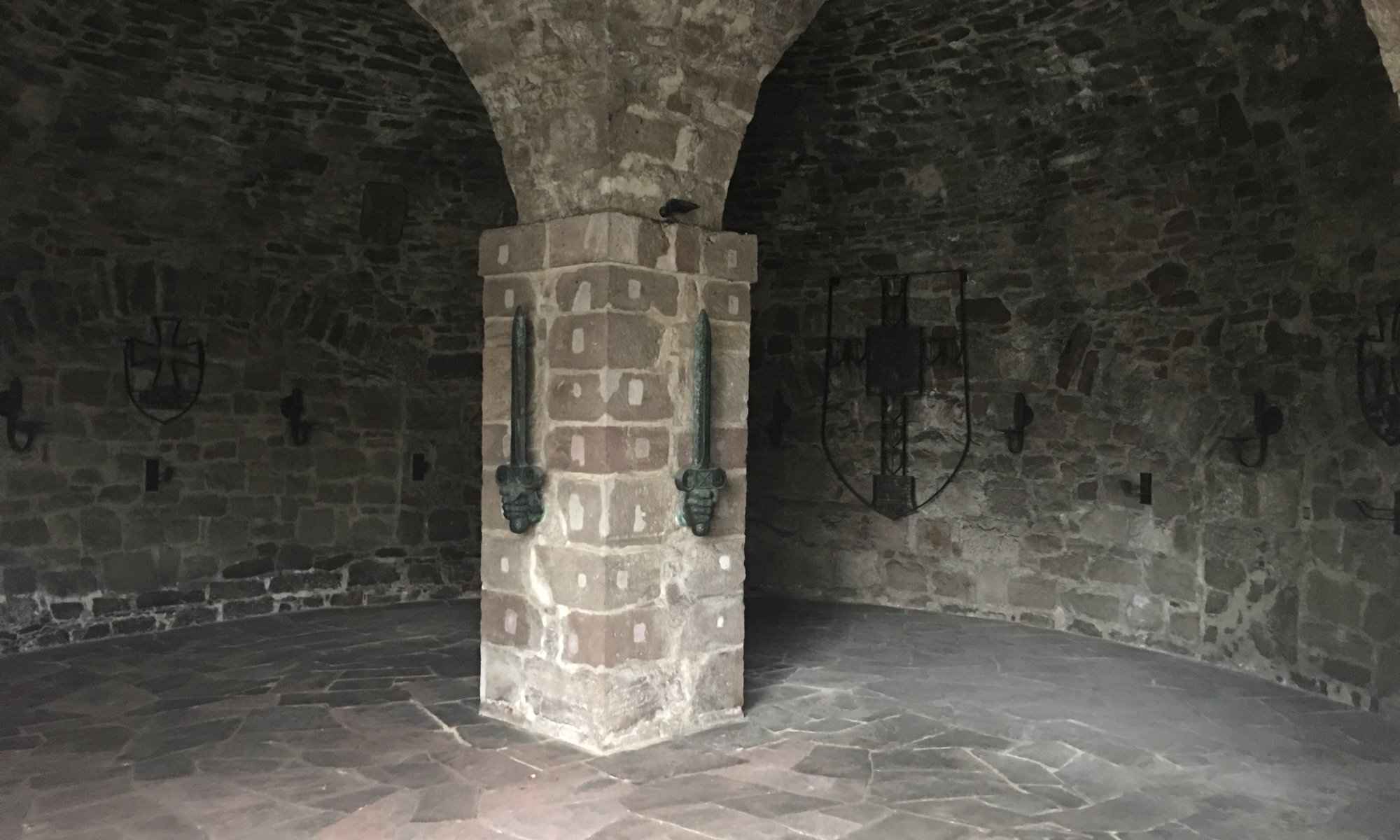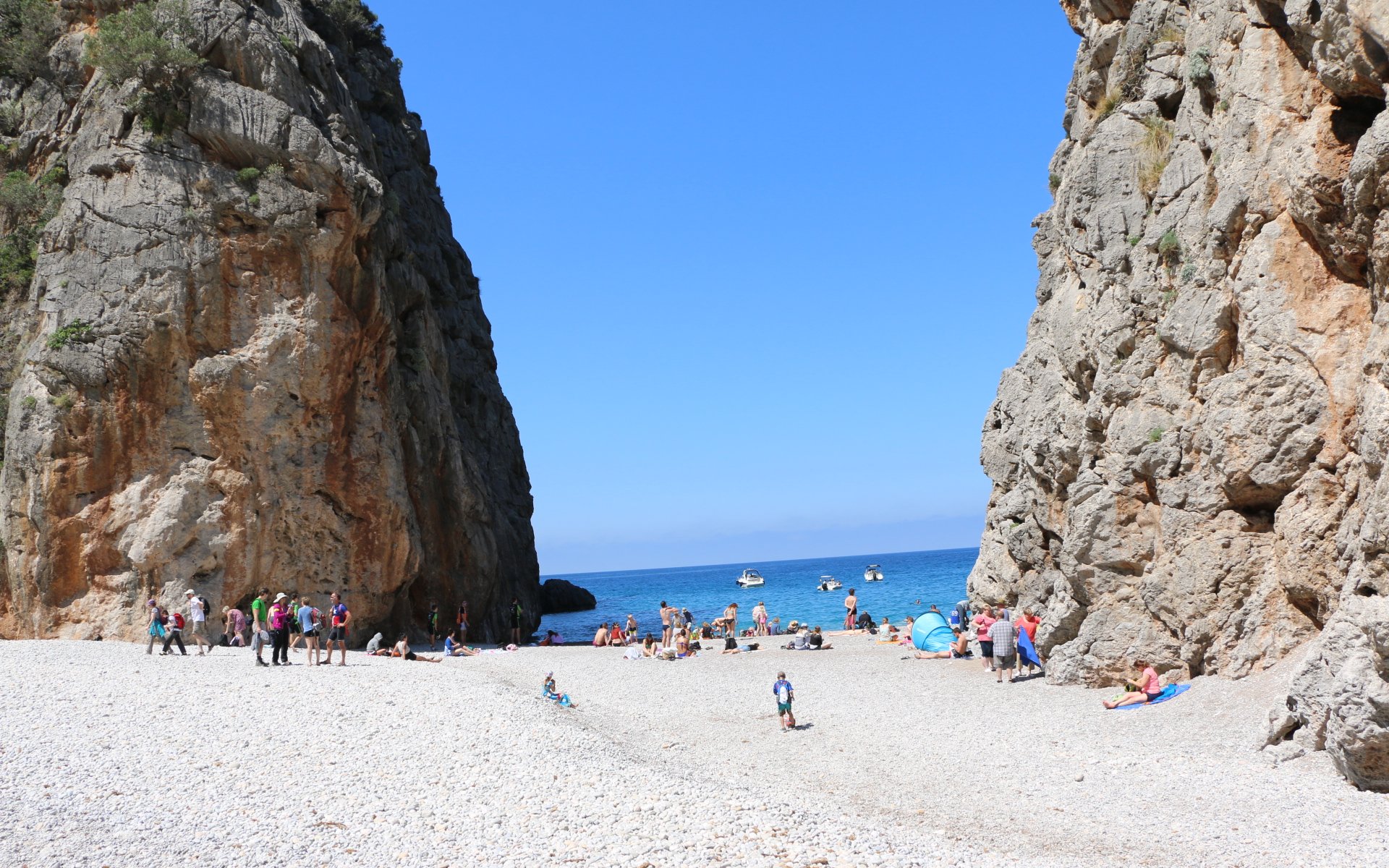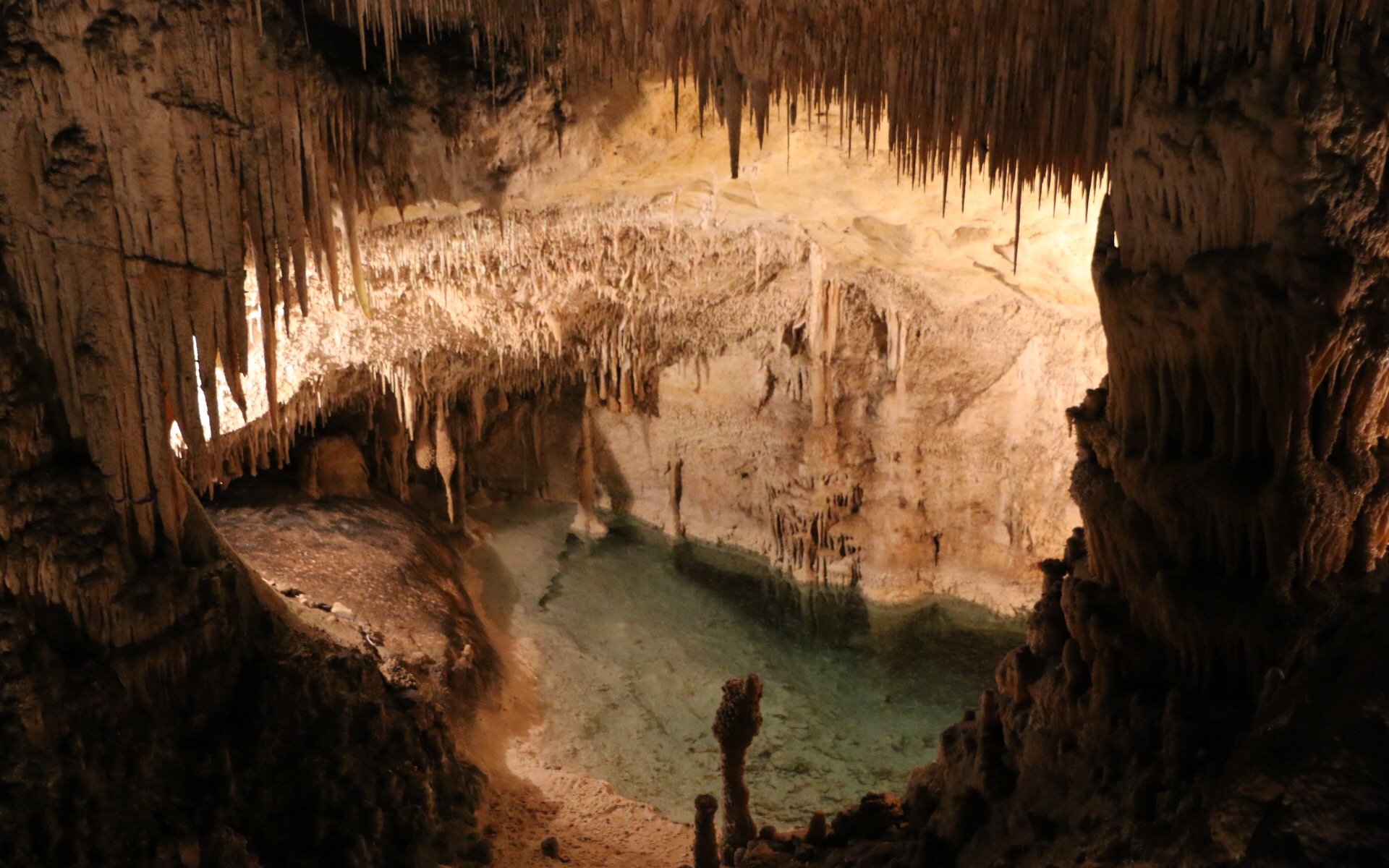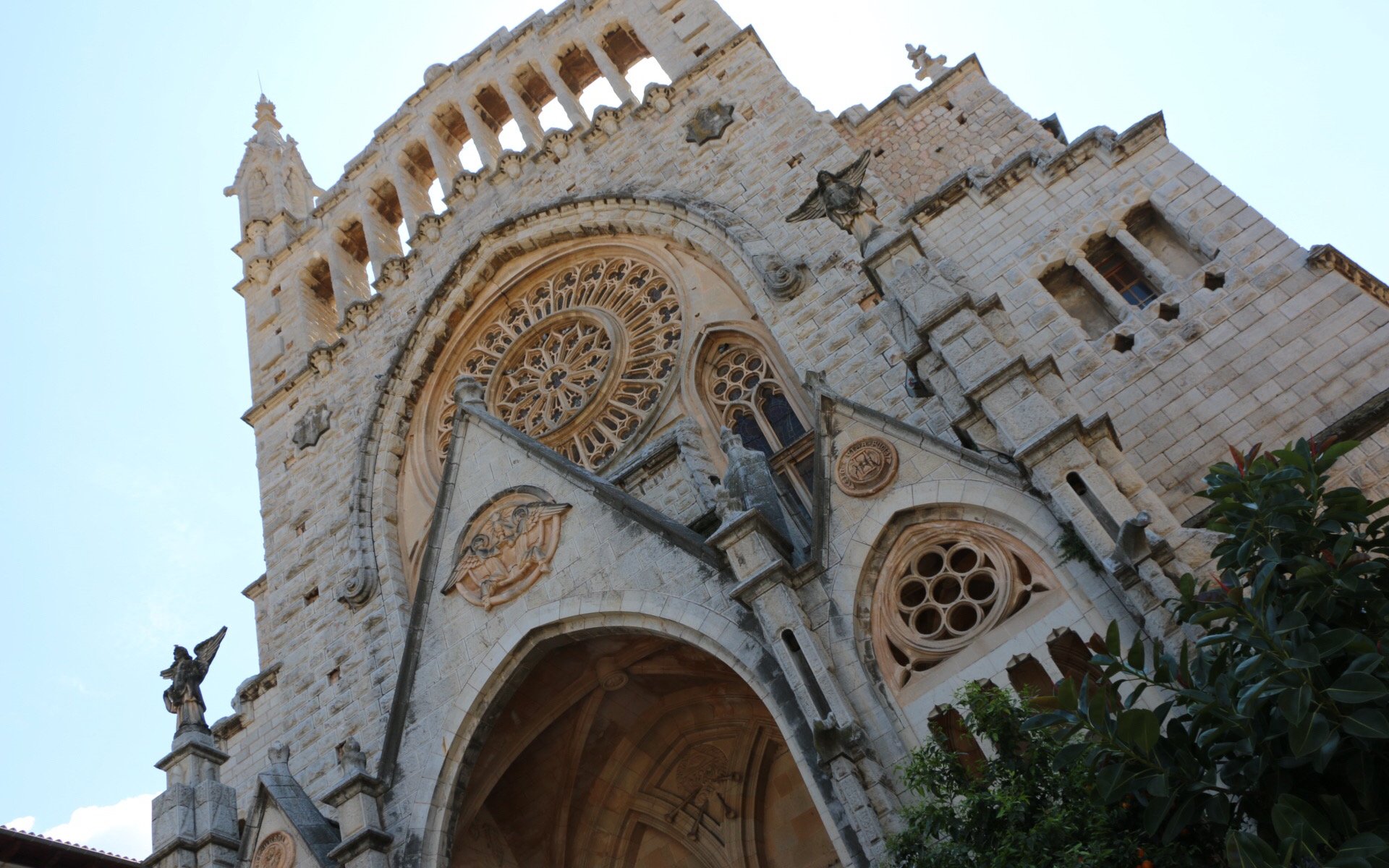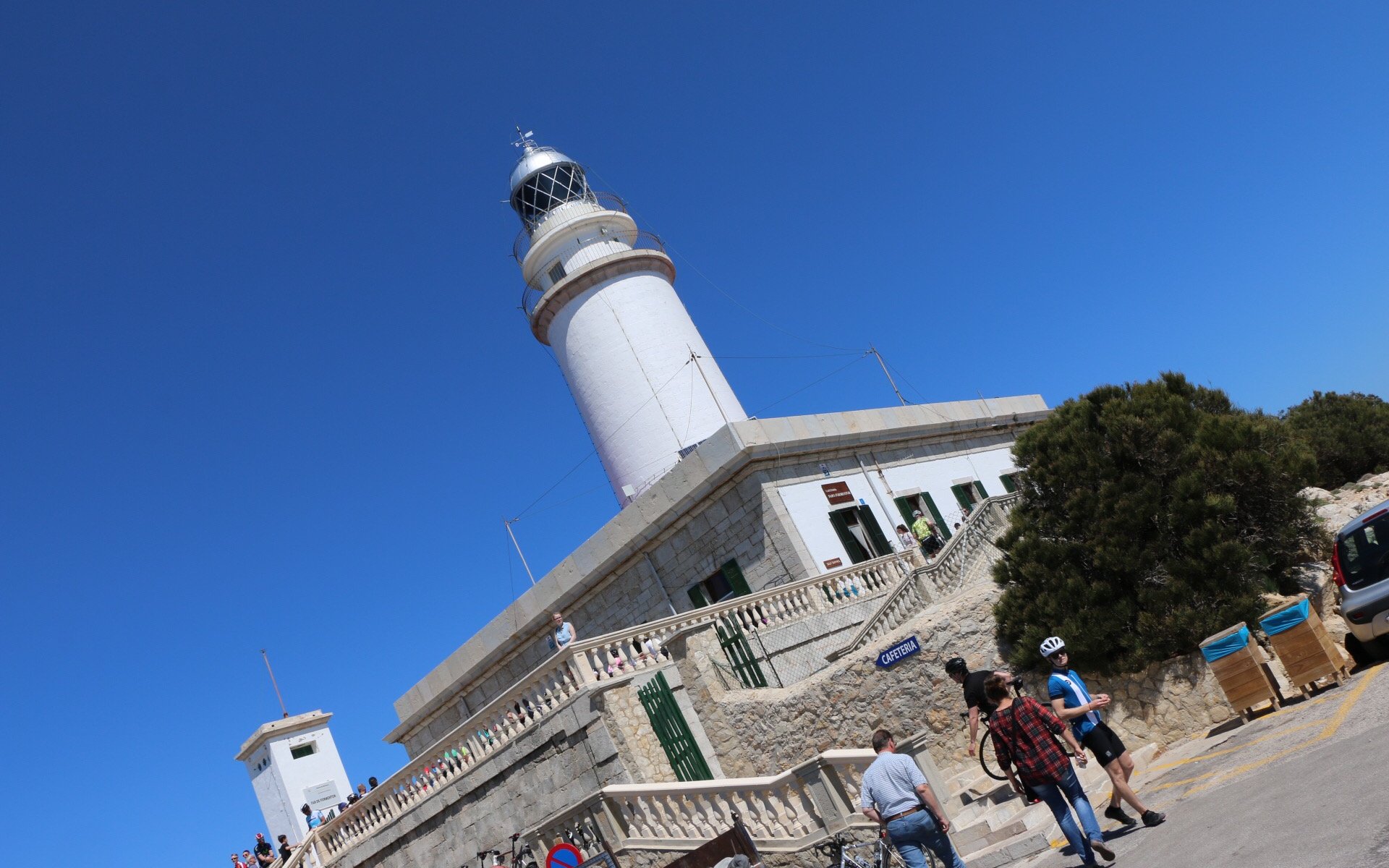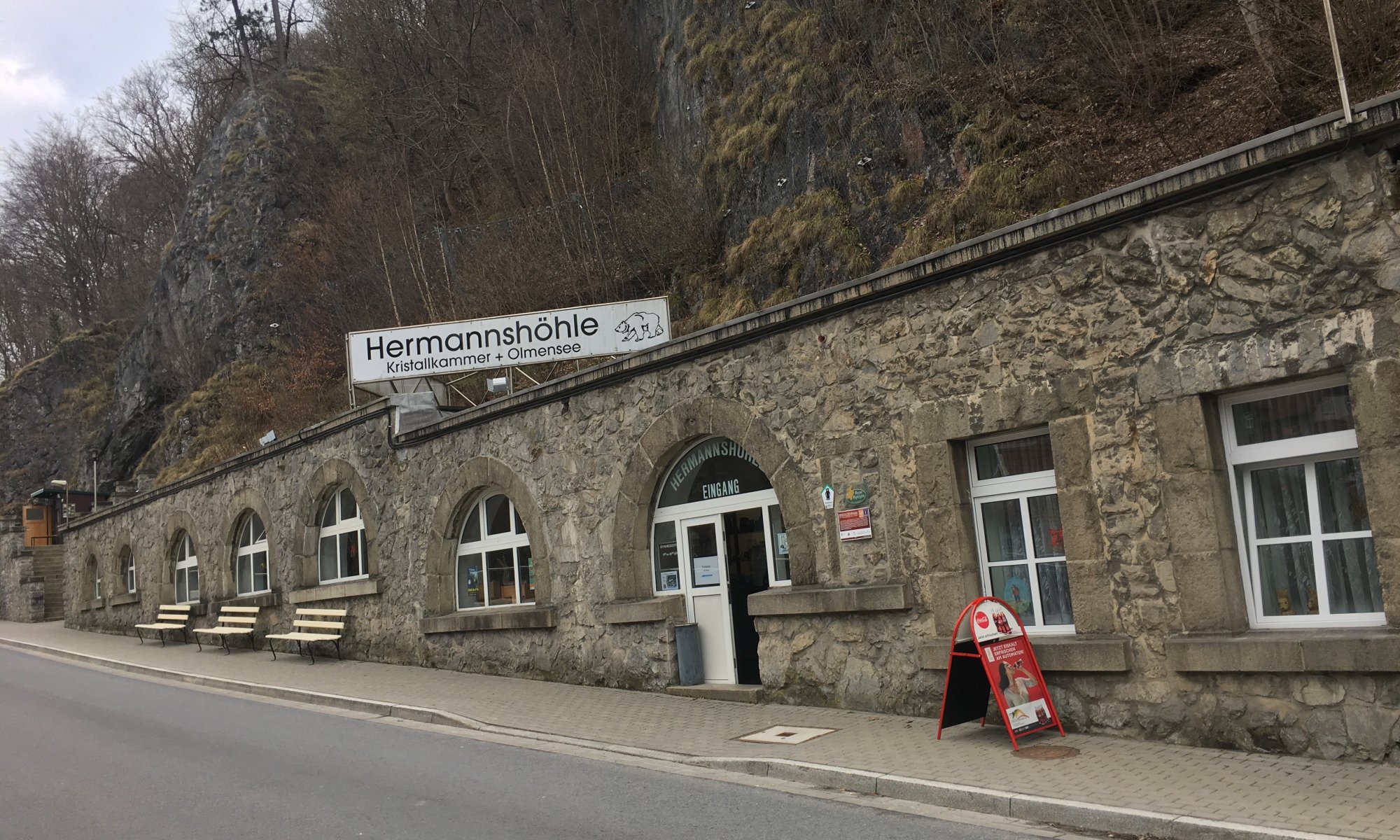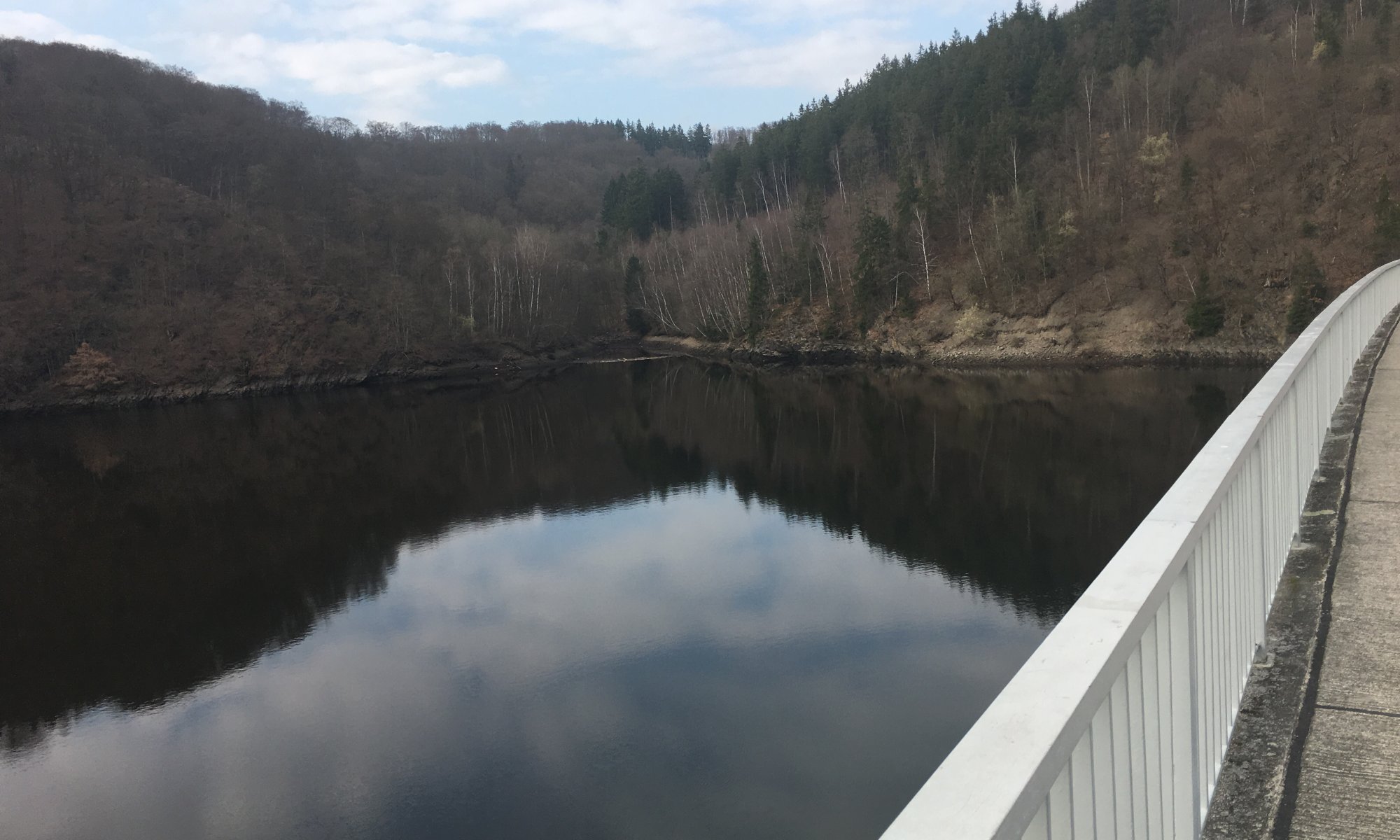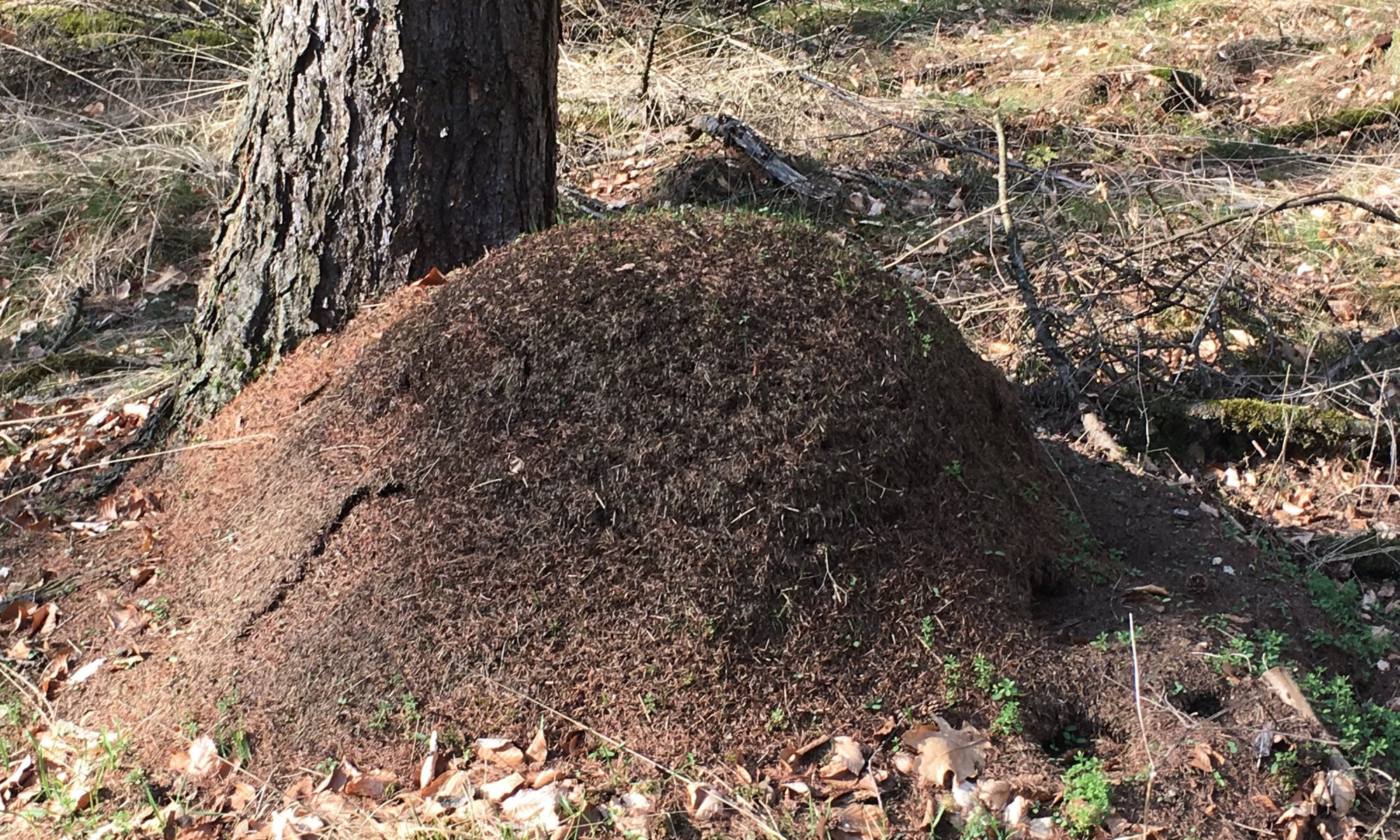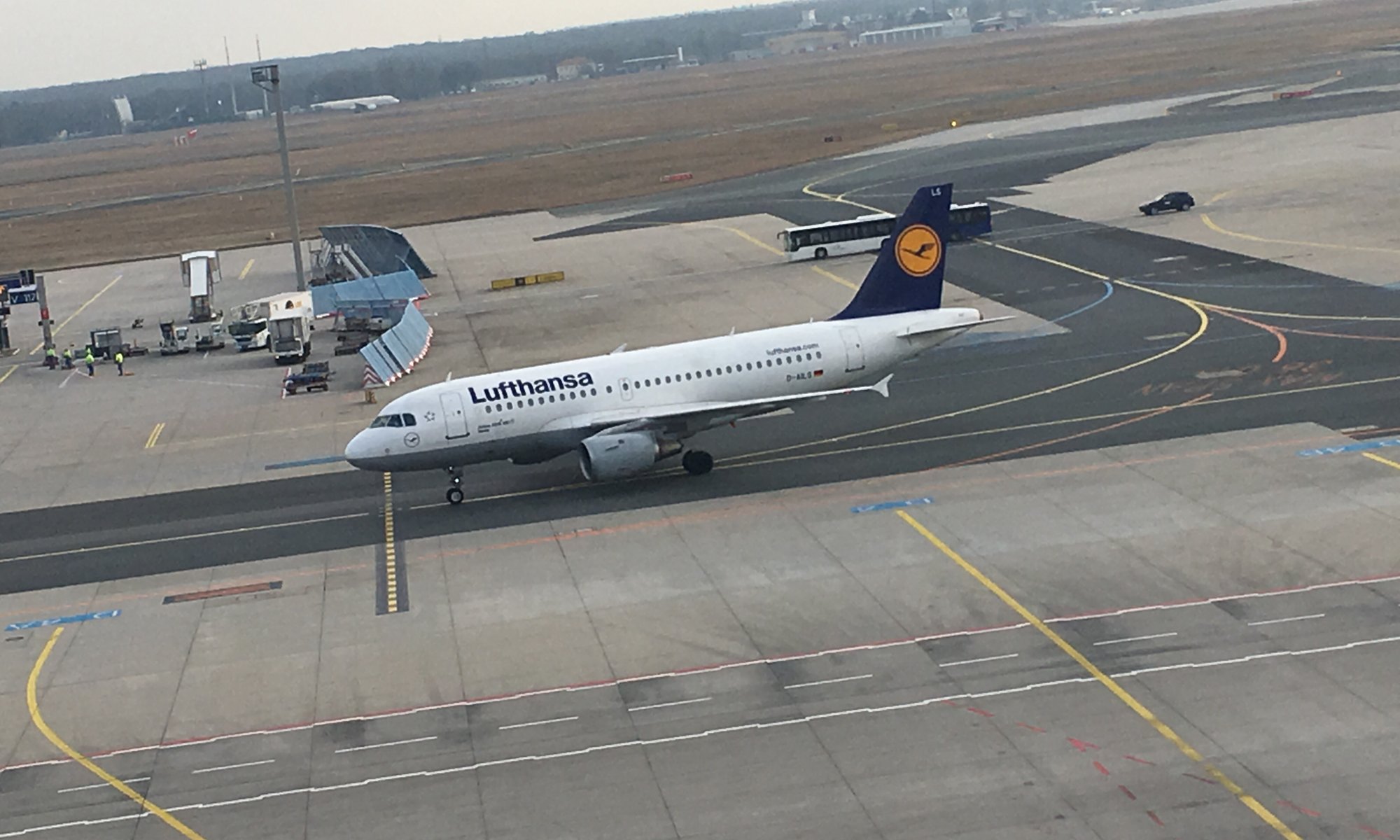If you walk through the gardens of the castle of Schwetzingen, Germany you might be surprised to see a mosque standing there. Until 1785 a Turkish garden has been created with the so called Red Mosque within. It was just build for decorative reasons and was never intended for religious services. Continue reading “Oriental flair”
The Rotunde
If you walk around in Hann. Münden, Germany you’ll come across the Rotunde – a big but rather low tower. It was one of the two towers of the upper gate (“Oberes Tor“) at the southern end of the city. The first written statement about this gate dates back to the year 1318. Continue reading “The Rotunde”
Sa Calobra
Sa Calobra, Spain is a very small village surrounded by high mountains at the northern coast of Mallorca. It was formerly only reachable by ship from Sóller. Later a crazy road through the mountains was built and driving to Sa Calobra is half of the fun. At the end of the road you’ll find a good car park. Continue reading “Sa Calobra”
Coves del Drac
I’ve seen many flowstone caves in Germany but that one in Porto Cristo, Spain in the south of Mallorca is really special. Even though it is an absolutely crowded touristy sight it is worth a visit: because of the vast amount of stalagtites and stalagmites and the enormous length of the cave. Continue reading “Coves del Drac”
Església de Sant Bartomeu
The Església de Sant Bartomeu is the most important Roman-Catholic church in Sóller, Spain. It is located in the city center not far away from the railway station of the Ferrocarril de Sóller. It was inaugurated in 1492 and was altered and enlarged during the next centuries. Continue reading “Església de Sant Bartomeu”
Cap de Formentor
The Cap de Formentor is the eastern end of the island of Mallorca and located on a land tongue stretching into the Mediterranean sea. If you want to get there by car you should start early in the morning: the roads are narrow and many cars and bicyclists might cross your way. Continue reading “Cap de Formentor”
Visiting the Grottenolm
If you want to have the chance to see the rare and threatened species olm (Proteus anguinus, German: Grottenolm) you might consider a trip to the Hermannshöhle in Rübeland, belonging to Oberharz am Brocken, Germany. In 1932 five of these animals have been brought there from Postojna, Slovenia. Continue reading “Visiting the Grottenolm”
Rappbodetalsperre
Bikes & adrenaline: the Rappbodetalsperre in Elbingerode, Germany is a destination for both. Many people get there by motorbike or car to a have a look on the huge dam. You can park at a car park (fees apply) and walk through a tunnel to the dam. Next to the car park you can also get some fries or walk up to a viewpoint. Continue reading “Rappbodetalsperre”
Hustle and bustle
Ants are a fantastic species. They can carry 100 times their weight. The summed up mass of ants on the planet is higher than the mass of all humans. They form states in big anthills. And yet we don’t know too much about them. If you want to see the hustle and bustle of such a formicary there is a good location in Hann. Münden, Germany. Continue reading “Hustle and bustle”
Viewing platform and SkyLine
I love flying from the international airport of Frankfurt, Germany (FRA) – it is the biggest airport of Germany and I have the feeling of knowing it by heart. This time we got here in preparation of the first flight of our youngest family member. Continue reading “Viewing platform and SkyLine”
